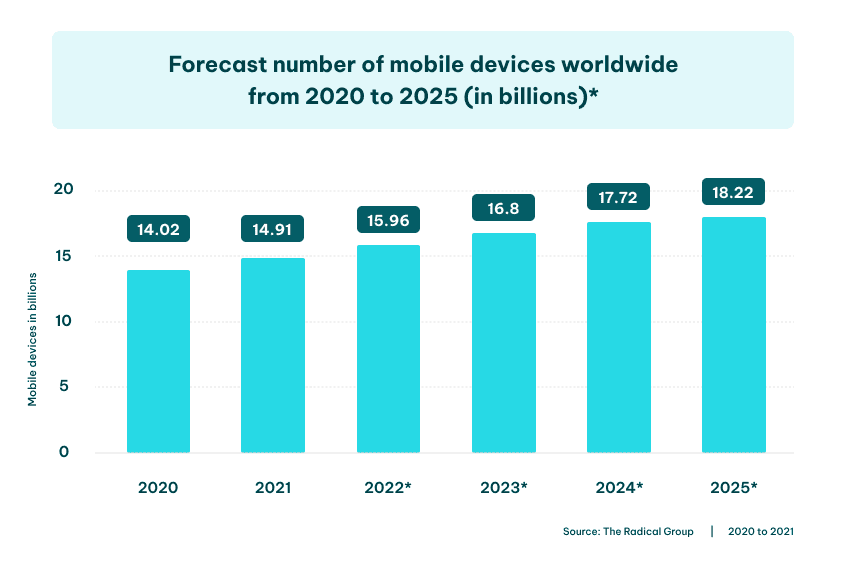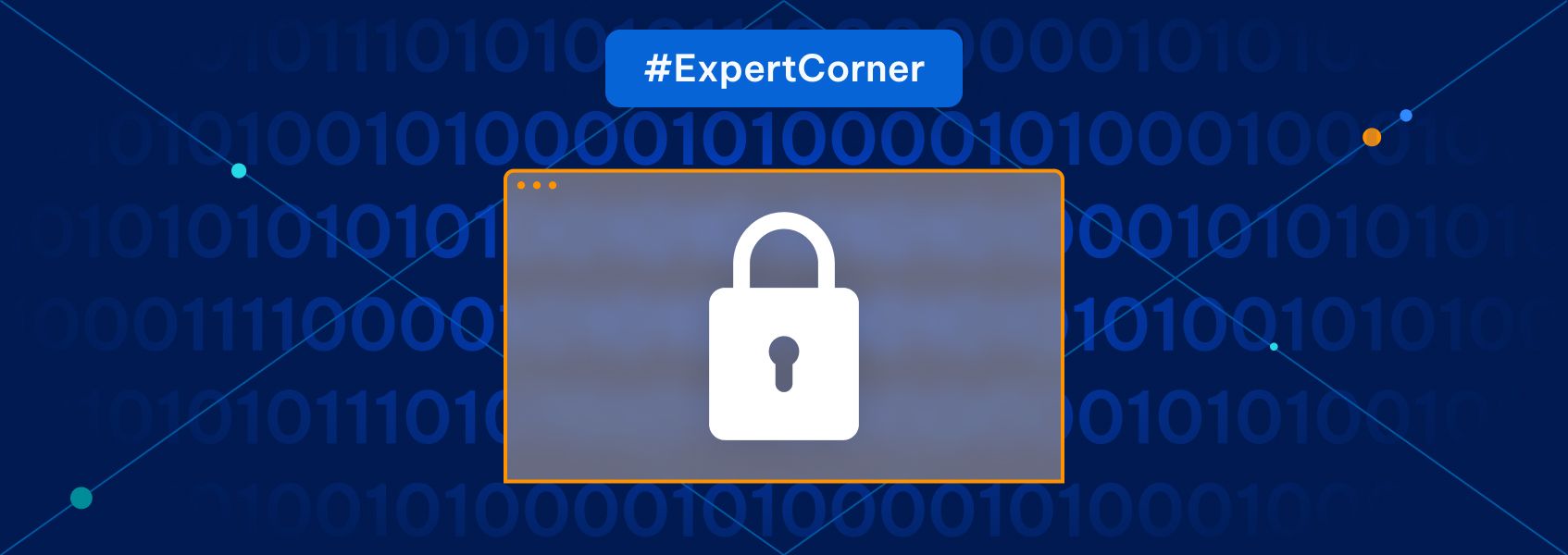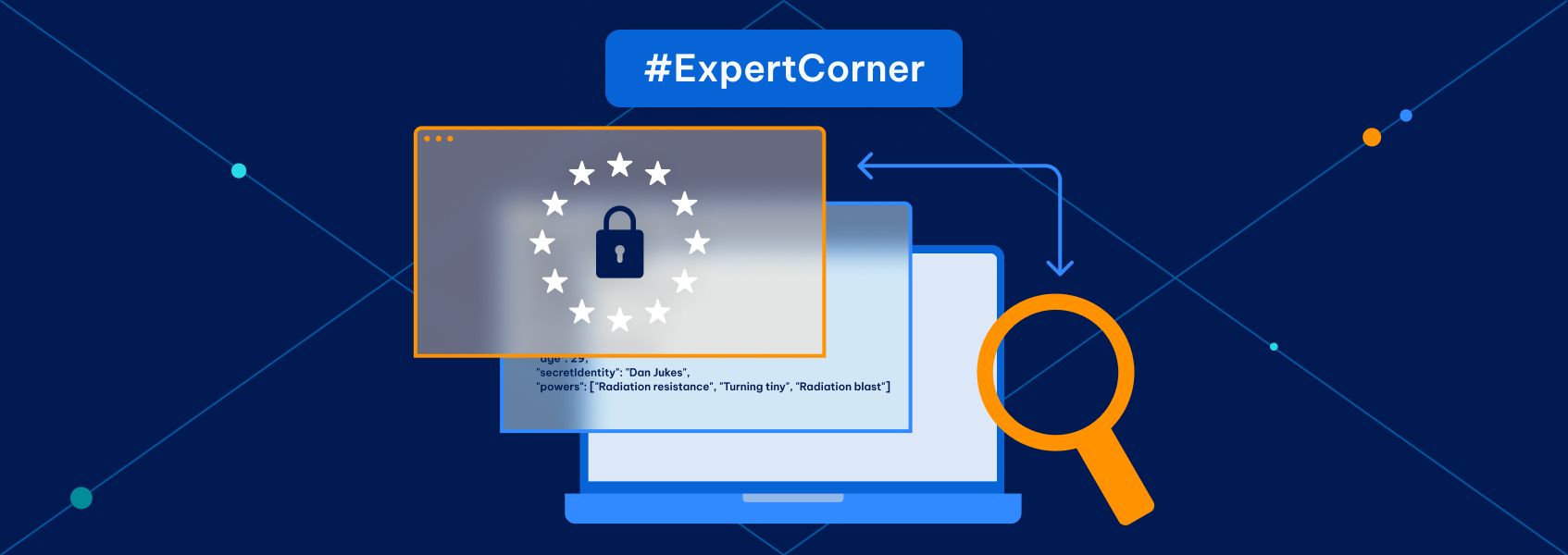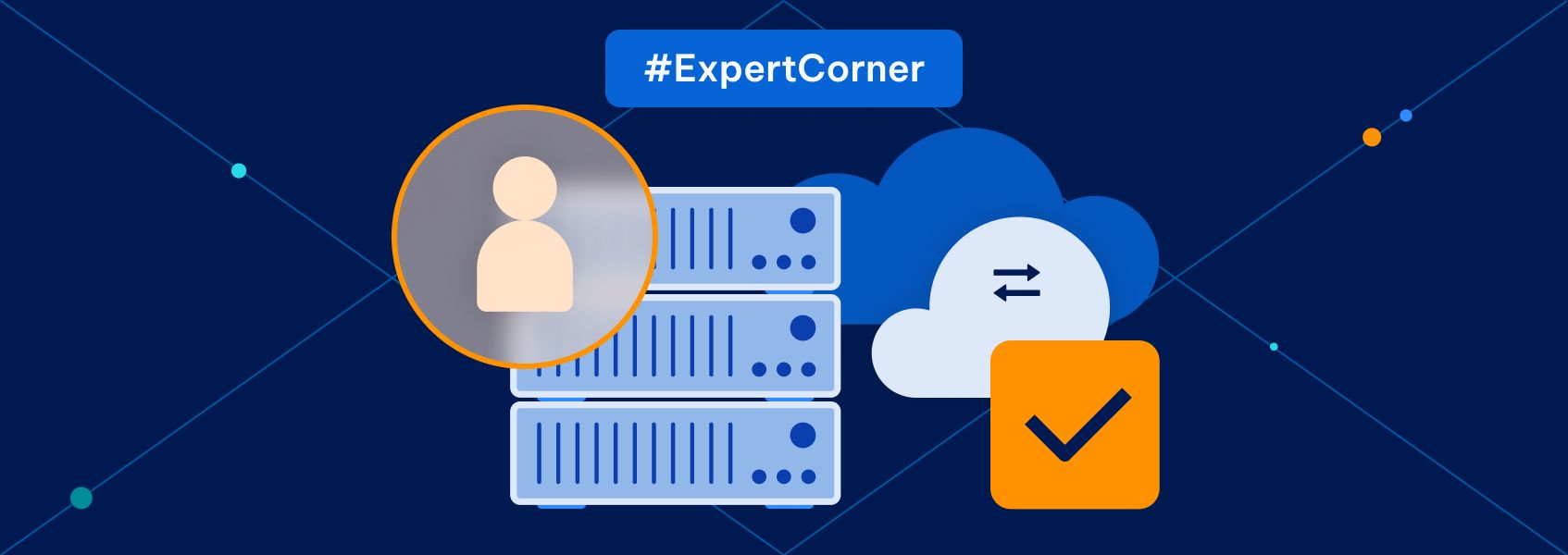5G vs 4G: A Comparative Guide to Get to Know Your Networks Better


Alwayne Powell
Last updated -
In This Article
The world is more connected today than ever before. In fact, in 2021 there were almost 15 billion mobile devices on the planet and that number is expected to rise to 18.22 billion by 2025. You could say we take that connection, and those devices, for granted. The reality is that we rely on them more and more for so many things we do on a daily basis.

From checking the weather to ordering a food delivery, from shopping for a new jacket to stopping invading alien hordes? We use our mobile devices to not only communicate with others but to access every corner of the internet, do our shopping, or just play games. Those devices also play a large role in business activities and IP technology means you can have a business phone line that is not dependent on your location.
People and businesses want wireless solutions in as many aspects of business and daily life as possible. Wireless power solutions can play a major role when it comes to addressing issues and costs raised in the deployment of new technologies such as 5G. Many companies are looking to not only deploy mobile proxies but also to be part of the supporting ad peripheral sectors that will grow and expand around 5G itself.
How often do you stop and think about the connections and networks that make all this possible? You may occasionally check to see how strong your signal is but do you think about the tech that makes it work? In particular, you may hear terms such as 4G and 5G but what do they mean to you and your mobile device? What are the real differences between the two and will the advent of 5G really make a difference?
What Is 4G and 5G (And How Does It Work)?

It’s actually very simple terminology. The ‘G’ in 4G and 5G stands for generation, so each new generation is assigned a numerical identifier. 4G is/was 4th generation technology and 5G is 5th generation tech. The technology that lies behind those monikers is based on the same radio technology that the world has been using for more than 120 years.
While Nikolai Tesla was the first person to demonstrate a wireless radio in 1893 , most people acknowledge Guglielmo Marconi as the inventor, mainly because he applied for and received the first patent for the technology in England in 1896. Jump forward some 90 years and NTT (Nippon Telegraph and Telephone) launched the first mobile phone network in Japan in 1979. That network was 1G.
Since then, technology has made huge strides forward. The network is what lies behind your mobile device remaining connected, but despite all that progress, the same basic principles apply as to how your network operates. Any network consists of three main parts that mean you can use your mobile phone efficiently.
- RAN (Radio Access Network): This is what your phone connects to. Its points of ‘contact’ are the numerous antennae that you see dotted around the countryside or on urban rooftops.
- Core Network : This is the central part of your network that enables connection to the internet or, in the case of calls, to the person you want to speak to.
- Transport Network: This is what connects your RAN with the core network.
Now for the geeky part. Radio has been mentioned several times so what exactly do we mean? Radio waves are similar to light in that they are both electromagnetic waves, though radio waves operate at much lower frequencies than light. This means that they can travel through walls, round corners, and so on, making them ideal for mobile device communication.
What often surprises people, or laypeople at least, is how little power is required to operate mobile communications. For example, a 5G antenna uses anywhere from 1 watt to a few hundred. Your actual mobile device uses even less power, often as little as 0.2 watts.
4G vs 5G: What’s The Difference?

As you would expect, the next generation of mobile communication takes us into new territory when it comes to speed and connectivity. 4G was launched in 2009 but really went global in 2011-2012 as a series of IP (internet protocol) networks giving high-speed (gigabytes) access to the internet and ushering in the era of true mobile internet access.
Speed
Those 4G speeds offer maximum download rates of about 100Mbps, more than 20 times faster than its 3G predecessor. You may see faster speeds mentioned for 4G, but those tend to be theoretical speeds that can only be achieved under laboratory conditions. However, average 4G speeds are far lower than that 100Mbps figure and can range from 8Mbps to 40Mbps.
With 5G, current 5G speeds can vary greatly depending on your carrier and, as with other generations of mobile communications, these will improve over time as carriers develop their networks and the tech itself continues to evolve. Current average speeds range from 49.1Mbps to 150Mbps so the lower end is not much faster than the best 4G speeds.
However, 5G is not a single type of network. There is the low-band spectrum version, known as Sub-6 that can travel greater distances and penetrate obstacles but provides lower download speeds. The other side of that coin is the mmWave spectrum which is high-band but can’t travel far or penetrate obstacles the way Sub-6 can but does offer superfast download speeds
Within the US, all the nationwide networks you can currently access are Sub-6 networks. Of course, speeds also depend on how many people are connected to a particular tower or antenna at a given point in time. The more people connected to that point of the network, the slower the speeds will be. Where mmWave will prove useful is in locations where large amounts of people are trying to connect at the same time such as stadiums or malls.
Many businesses are ready to embrace the higher speeds that come with 5G. Faster speeds mean you can provide better cloud-based communications for customers shopping online or communicating with an organization. Those factors can lead to enhancing your company’s reputation and extending brand awareness.
Capacity

Radio waves have limits as to how much information they can carry and this can vary according to the frequency band used. If you managed to get increased capacity on a congested 4G network, it would be at the expense of another user. 5G largely reduces that issue by adding more capacity to the limits offered and thus less congestion and higher speeds.
This is an important factor to note about 5G as it helps deal with the increases in data traffic. As more and more people use their mobile devices to connect to the internet, to stream videos, or simply to communicate, then that increase in capacity becomes essential. As of late 2021, the total international bandwidth stood at 786 Tbps; this represents an annual CAGR of 29%. Over four years.
Latency
While many people focus on speeds, it is perhaps latency that illustrates the biggest differences between 4G and 5G. 5G is promising a best latency of less than 5 milliseconds , a big improvement on the 60 ms to 98 ms range offered by 4G. The more realistic latency with 5G networks will be around 10ms, still a huge difference from 4G figures.
Better latency means a quicker response from web applications and other programs , meaning that a wider range of apps will be accessible and usable and that the IoT (internet of things) will grow exponentially. It will make anything you do online, via a mobile device, easier and faster, and that is something that can help improve your best chatbot use cases.
Reach

While 5G is still in its relative infancy, its reach will increase dramatically over the coming years as more countries and companies embrace it. 4G is still growing. From 9 million users, it was projected to reach 4.7 billion subscriptions by the end of 2021.
By contrast, 5G had reached 660 million subscribers in 2021 and is estimated to reach 4.4 billion by 2027, a figure that will represent half of all mobile subscriptions by that year. The speed of deployment will vary from region to region but most areas of the US are already covered by one or more of the main service providers.
Devices
While many people have rushed to buy one of the several hundred 5G-ready devices available on the market, there is no need to rush. The transition between generations is usually a long one, with a new generation released every 10 years or so. What that means in real terms is that 4G networks will still be available for many years to come.
That said, if you do want to be ahead of the curve, then there is nothing stopping you from joining the 5G world now. If you are looking for faster speeds and better latency for your daily activities, then you should look at switching now. With many organizations looking to the future of digital communication to enhance their business, 5G represents a major step forward.
Innovation

Beyond the improvements to speed and latency and other factors, one of the major advantages that are coming with the 5G era is the ability to embrace innovation. We live in a world that is not only becoming increasingly digital and wireless. But one pushing the boundaries of innovation in many of our daily activities, both business and social. The recent AI revolution is just one example of how technological advancements are impacting our lives.
Even as service providers seek to establish or extend 5G networks, entrepreneurs, developers, and tech companies are seeking ways to adapt tech to 5G or to develop new solutions that will fully utilize 5G’s better connectivity. Those uses can range from the healthcare industry, where 5G combined with specialist programs or apps can connect patients with consultants remotely to specialist business apps such as PRM (partner relationship management).
There has been a pattern of increasing automation in almost every business sector in recent years that includes robotics in manufacturing and automated processes in sales and marketing funnels. 5G will allow such processes to work more efficiently and help businesses to streamline their workflows.
As it stands just now, there are few barriers to what 5G can achieve when it comes to innovation and those barriers will reduce further as 5G expands and improves. From enhancing the customer experience with faster connections and downloads to identifying issues with employee productivity, the potential for utilizing 5G seems almost endless.
The Takeaway

Businesses are always looking for ways to improve their operations. That can cover everything from implementing a unified layer to their data management to using automated processes. 5G opens up a whole new world of potential applications that will help them achieve their aims through better programs and faster speeds.
The main thing to note is that you don’t need to rush. 4G is still here, and growing, and is unlikely to disappear for many years to come. If your data usage, whether personal or business, is currently minimal, then you have nothing much to gain by making the change to 5G. If you use high amounts of data, however, then it may be worth looking at switching.
Some sectors will benefit more than others, at least in these early days of 5G. 5G will make it easier, and quicker, for a DevOps team to carry out a software regression test for example. Before you make the change, consider your current usage of mobile 4G proxy and whether there are tangible benefits from moving to 5G this early. While it may be tomorrow’s technology, it will still be here tomorrow and the day after that.

Author
Alwayne Powell
Director of International Digital Marketing, 8x8
Alwayne Powell is an experienced performance marketing leader with an extensive background in the digital space, working client and agency side to provide paid search, SEO and CRO solutions in the B2B and B2C sectors. They are the current Senior Digital Marketing Manager at leading communication platform provider 8x8.
Learn more about Alwayne Powell


